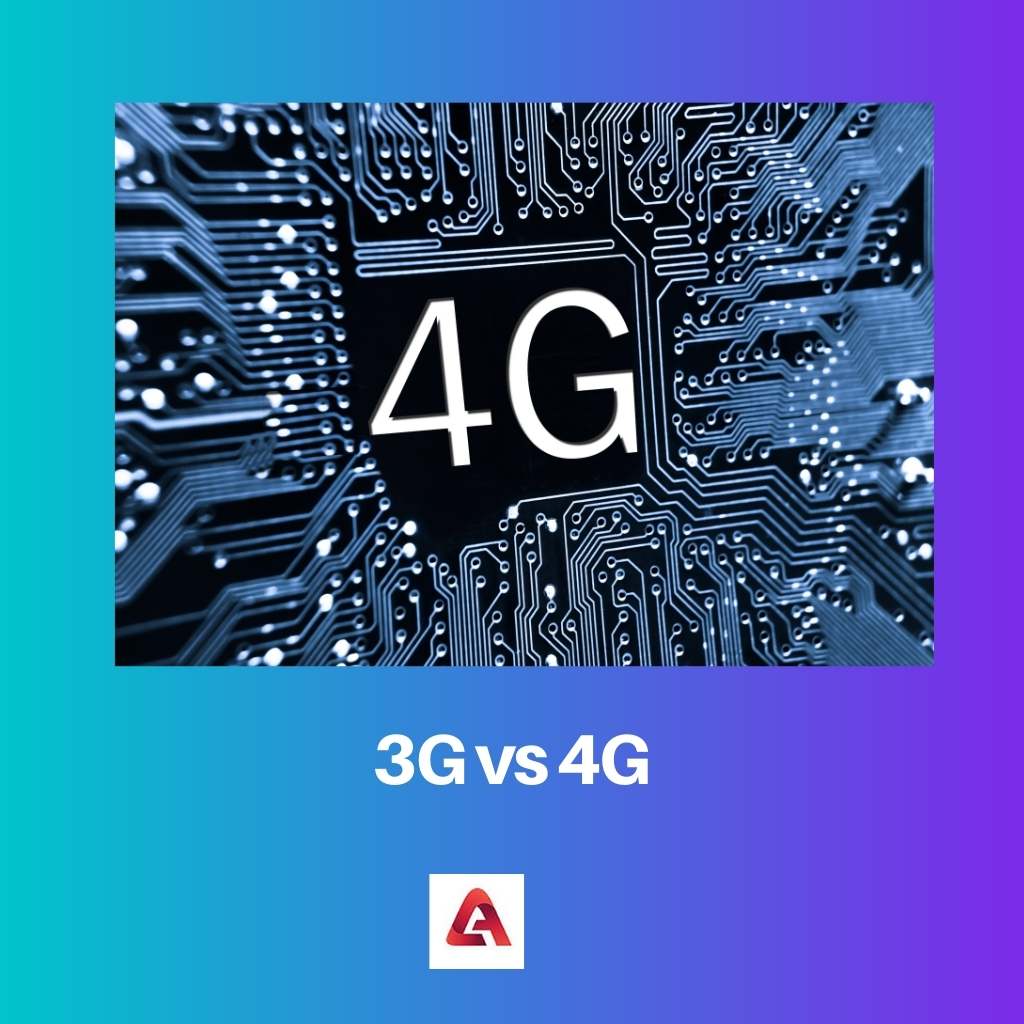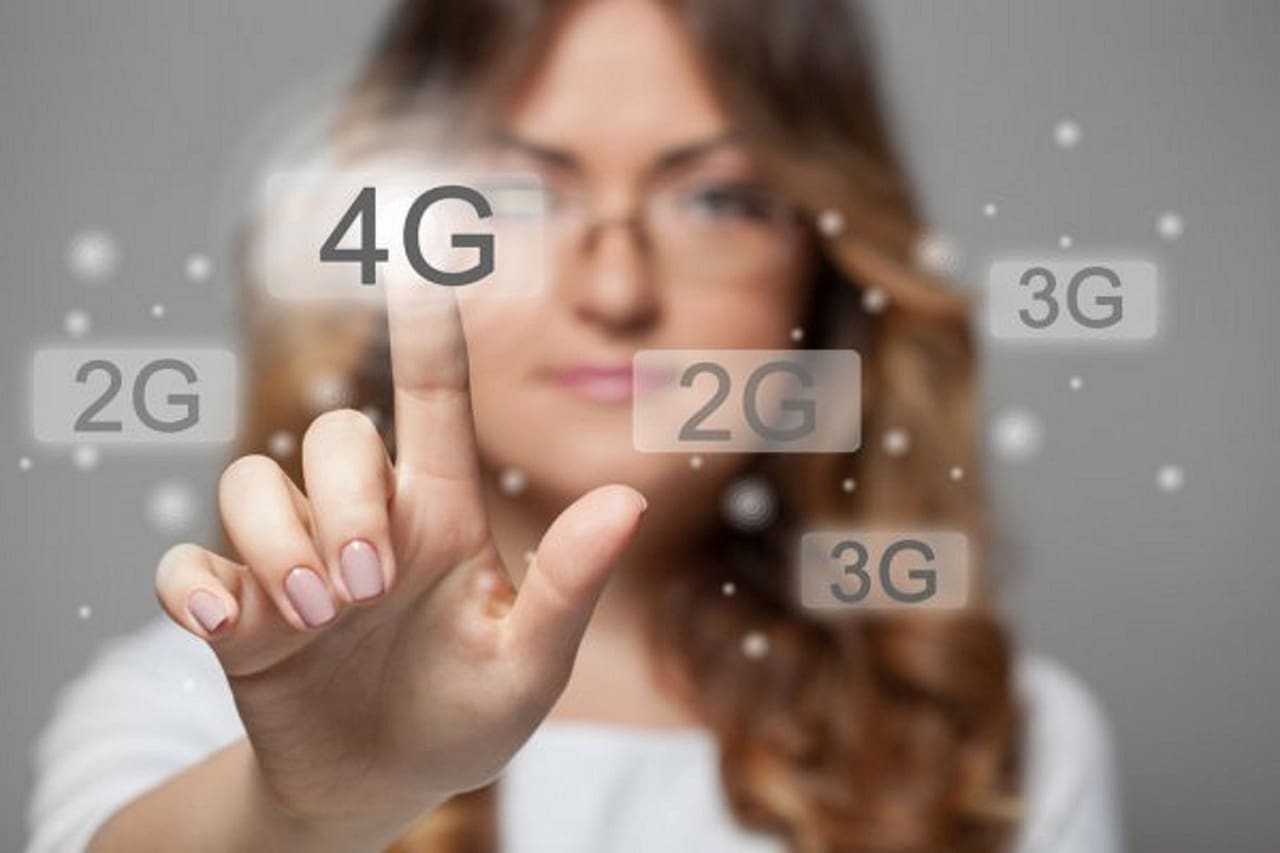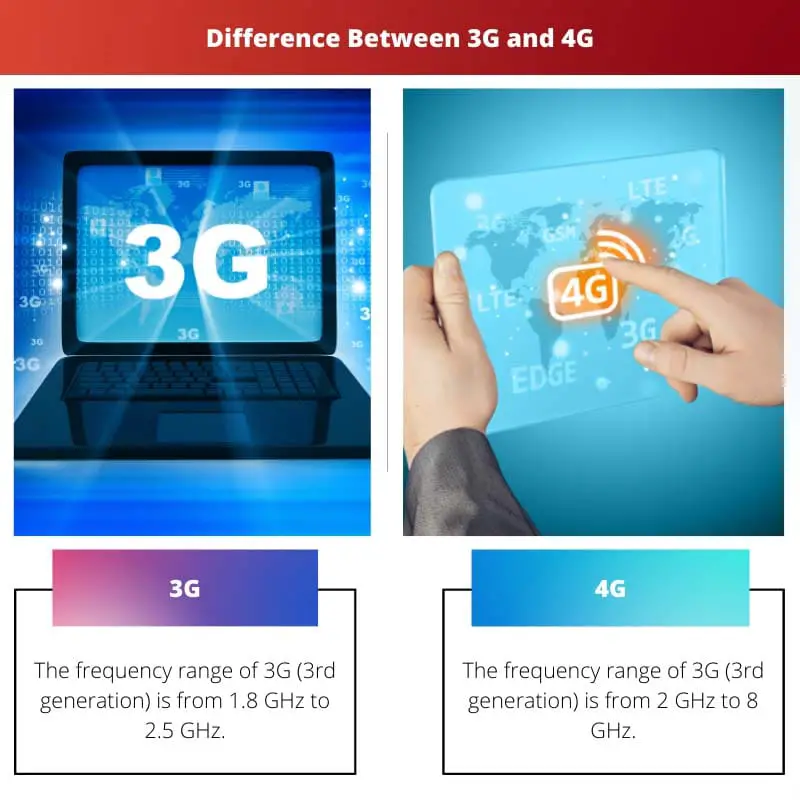These days when we talk about mobile, it’s moreover calls or messages in the present scenario.
The very first thing for which mobile has become a necessity is just for Internet usages like Facebook, Google, Instagram, YouTube, and Internet browsing.
3G and 4G are mobile technologies to provide better usages of mobile internet for uploading and downloading photos, videos, and other digital data.
Both 3G and 4G play similar functions, and the point of recognition is just their advancement.
Mobile entertainment service providers have gained a huge advantage with the launch of 3G and 4G as they were invented with the packet switching technique for data transmission
after a huge gap of launch after the first and second generations.
Key Takeaways
- 3G provides slower data speeds than 4G, designed to provide faster internet connectivity.
- 4G is more reliable and offers a smoother browsing experience than 3G.
- 4G supports higher-quality voice and video calls than 3G.
3G vs 4G
3G (third-generation) refers to the third generation of mobile communication technology that was introduced in the early 2000s. 4G (fourth-generation) is the latest mobile communication technology, providing faster data transfer speeds than 3G, with average download speeds of 20 Mbps.

The term 3G stands for 3rd Generation of mobile signal strength, which optimizes the speed of downloading and uploading media files, playing videos, music, and internet calling.
The core network architecture of 3G is Universal Mobile Telecommunications System (UMTS) which is faster than 2G or 2nd generation. It features high frequency in bandwidth for high-speed mobile applications and multimedia transfer.
The term 4G stands for 4th Generation of mobile signal strength, which optimizes the speed of streaming videos, buffer-free music, internet calling, and playing online games much faster than 3G.
Key technologies for 4G are MIMO (Multiple Input Multiple Output) and OFDM (Orthogonal Frequency Division Multiplexing).
The rise of 4G brought improvements in the protocol for sending and receiving data in packets. 4G network is wholly based upon IP.
Comparison Table
| Parameters of Comparison | 3G | 4G |
|---|---|---|
| Frequency Range. | The frequency range of 3G (3rd generation) is from 1.8 GHz to 2.5 GHz. | The frequency range of 3G (3rd generation) is from 2 GHz to 8 GHz. |
| Lenient | The lenient of 3G is horizontal which is also called handoff management. | The lenient of 4G is horizontal as well as vertical. |
| Speed | 3G technology can upload data at a maximum speed of 5 Mbps and downloading at 21 Mbps. | 4G technology can upload data at the maximum speed of 500 Mbps and downloading at 1 Gbps. |
| Network Architecture. | 3G technology supports wide-area cell-based network architecture. | 4G technology supports the integration of Wireless LAN as well as wide-area cell-based network architecture. |
| Error Correction | 3G technology uses turbo codes for error correction in mobile network data transmission. | 4G technology uses concatenated codes for error correction in mobile network data transmission . |
What is 3G?
The 3G network, as the number 3, defines well 3rd generation of wireless mobile network connection with a higher frequency band as compared with the first generation and second generation of technology.
It comes with reasonable prices for monthly data packs. The debut of 3G technology brings computers and laptops to the palms of individuals.
3G-based mobile data were launched in early 2000, which made the widespread use of mobile internet for media suffering. 3G data uses mobile tower signals to transfer data from phone networks.
The nearest mobile phone tower will pass on data to it for internet suffering and multimedia viewing.
Every application which are GPS-enabled processes better with 3G connections, which was not possible with predecessor generations of mobile networks.
The technology brought the revolution when it was released, and compulsion was natural to buy a smartphone because of 3G. It is compatible with WCDMA technology, accessible with the CDMA system, and has a 25 MHz bandwidth.
Unified communication tools were born with the market of 3G technology in late 2010.
The advancement of technology has gathered everyone virtually with a medium of messaging apps over the 3G network.
Before the launch of 3rd generation, handled devices were limited in use, which helped the career of App development grow in digital industries.
What is 4G?
The term 4G is described as 4th generation wireless mobile network technology that comes after second and 3rd generation with high-speed mobile data, which is become a very important part of our everyday life.
All routine applications for food delivery, cab booking, and online shopping processes are very fast and smooth over a 4G network of mobile.
It offers significant high frequency and speed in mobile network data with a maximum uploading and downloading speed of 500 Mbps, and it is the most advanced technology before the 5G network.
4G allows browsing web-based HD video streaming on mobile devices and allows to download of gigabyte data on mobile phones within minutes.
4G bought a revolution in mobile industries in the late ’20s with a major improvement in 3G. It was introduced with an LTE system as a path to run mobile networks in 4G broadband data.
Though 4G is faster, their speed density completely depends upon the availability of the mobile tower. Online business has become big picture with post introduction of 4G technology over the mobile phone.
The globally accepted 4G technology has the potential to run a wholesome virtual business in this digital era. Improved technology has demanded wide storage capacity to handle the huge data accumulated by the use of a 4G network.

Main Differences Between 3G and 4G
- Data Charges: The data pack charges for 3G technology are less expensive in comparison to 4G technology as it provides less speed over the internet, whereas 4G is quite faster than it.
- Invented: The 3G technology was launched in the year 2001 and took a boom in the mid-’20s on the other hand, 4G technology was introduced in the year 2009 and takes charge of the market in 2012.
- Packet Switching: 3G technology has packet switching systems for data transmission apart from air interference, whereas 4G technology also has packet switching without any hurdle of air interference for data transmission.
- Application Based: Application support in 3G includes GPS, mobile TV, and audio-video calling, and 4G networks support mobile applications like GPS, mobile TV, audio-video calling, High-speed games, and wearable devices.
- Communication Channel: Internet services enabled in 3G are broadband in contrast, 4G has introduced ultra-broadband.
- Structure: 3G comes with Wide area-based cell networks, and 4G uses a hybrid network to provide a high-speed network.




